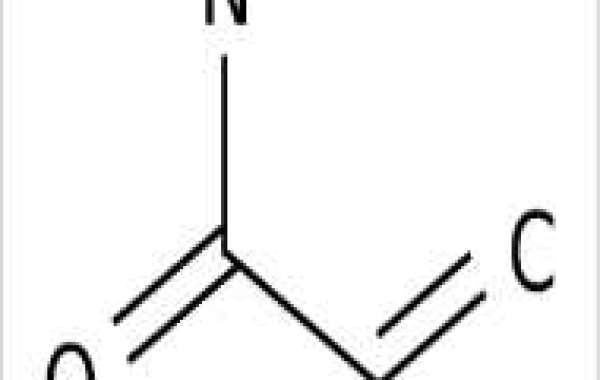Polyacrylamide is a water-soluble synthetic linear polymer made from acrylamide or a mixture of acrylamide and acrylic acid. Polyacrylamides are used as flocculants in pulp and paper, agriculture, food processing, mining, and wastewater treatment.
In its uncrosslinked form, polyacrylamides are widely used as thickeners and flocculants in the petroleum industry, ore recovery, water and wastewater treatment, and various industrial and consumer products [71]. Crosslinked polyacrylamides, especially when partially hydrolyzed to yield acrylic acid moieties, are superabsorbent gels that have been used for many years for specific applications. Non-hydrolyzable non-ionic polyacrylamide gels are used as electrophoresis media in biotechnology laboratories [72, 73]. Granular polyacrylamide gels can be used in horticulture [74].
The hydrolysis of polyacrylonitrile first produces polyacrylamide and finally some acrylic acid groups. Since polyacrylonitrile can easily form fibers, absorbent fibers can be formed by hydrolyzing the surface of such materials [75, 76].
Acrylamide monomer is a solid, but a typical commercial product is a 50% aqueous solution. The monomer is a neurotoxin and must be handled safely; the liquid form reduces the chance of physical exposure and is therefore safer








